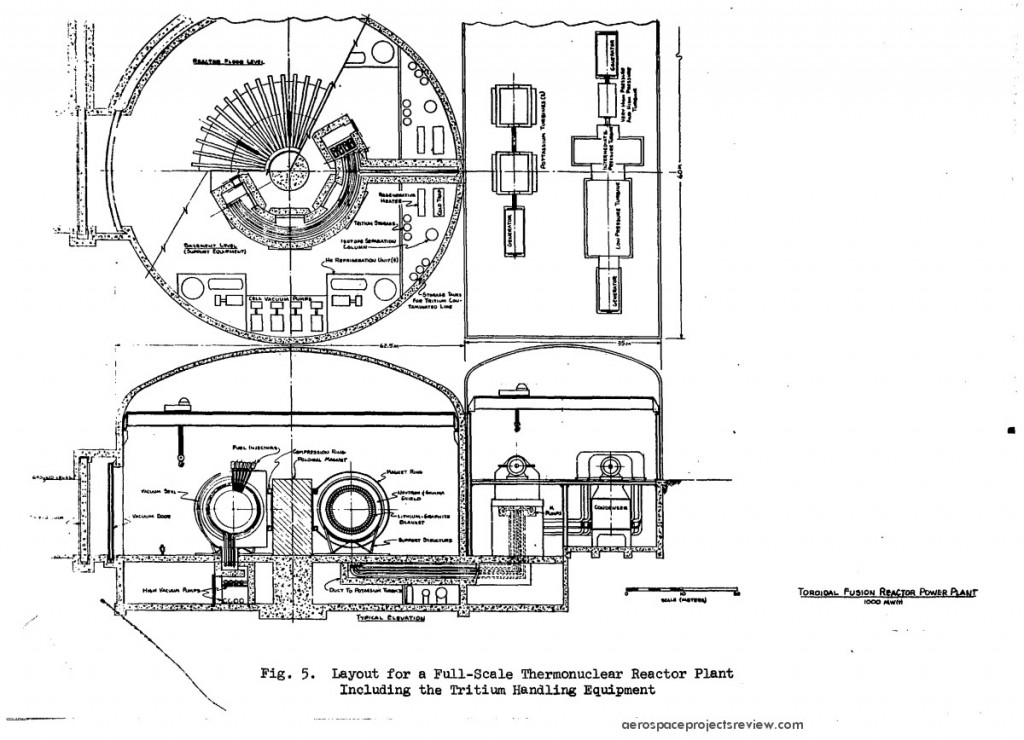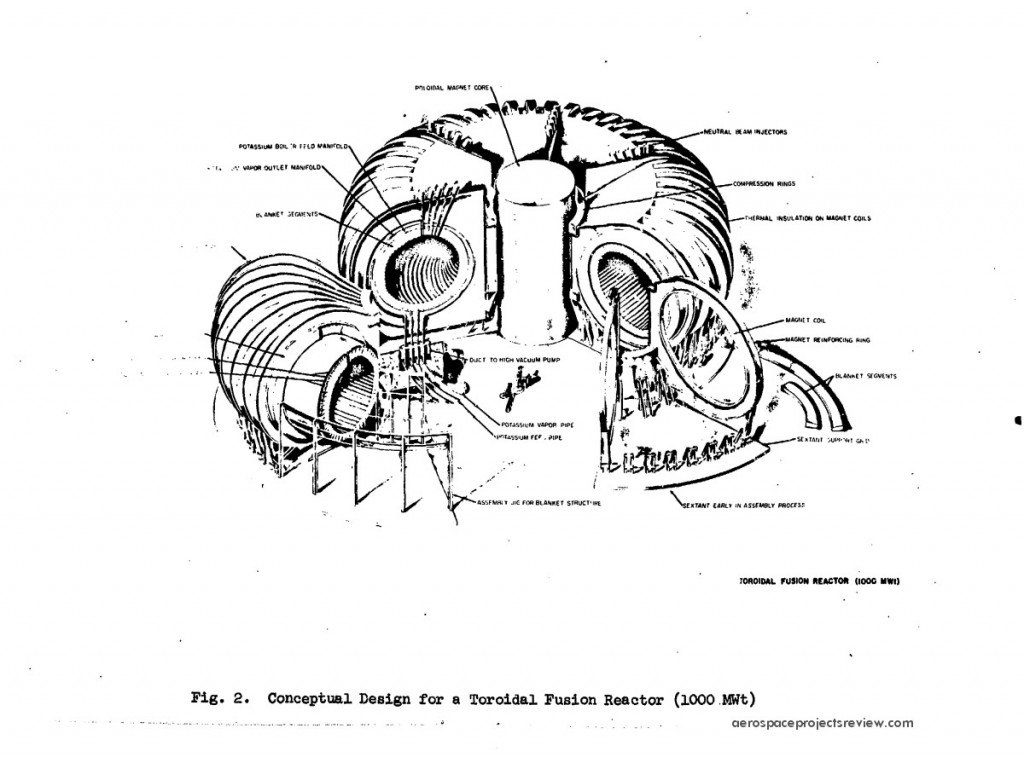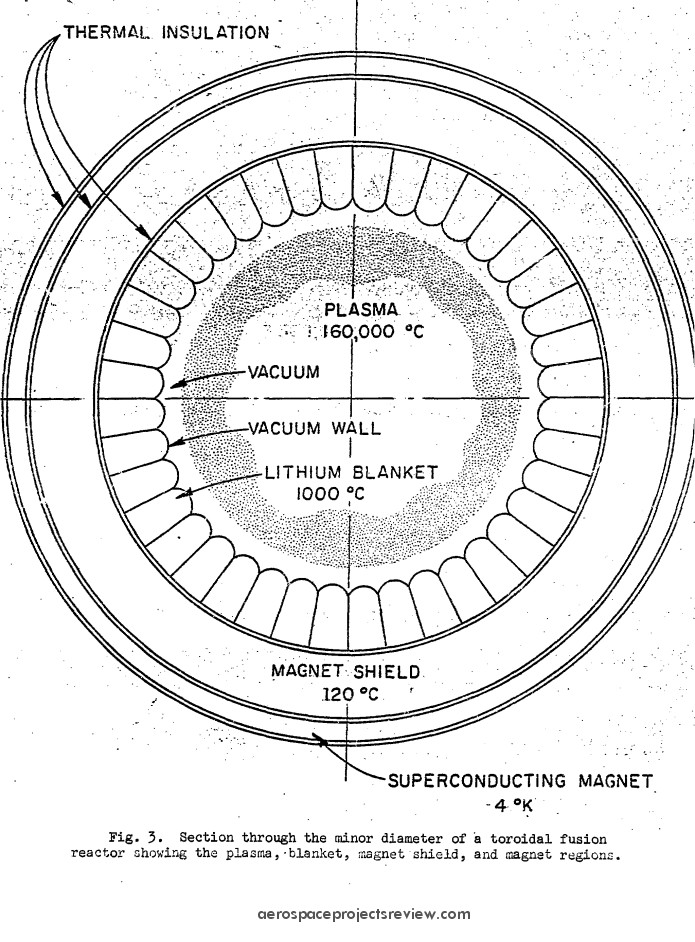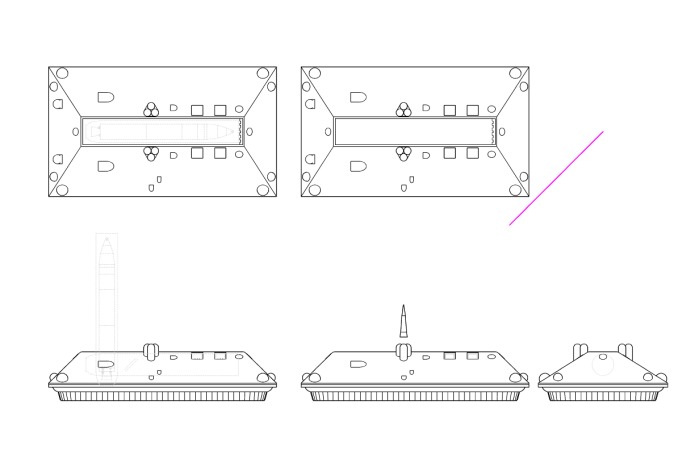I’ve made many test runs and made considerable progress. I’ve also run out of supplies and need to improve the mechanical infrastructure. so I’ve decided to sell the “prototypes” I’ve made. These are indeed prototypes, and more to the point they are prototypes of art, so they are imperfect and variable… but they’re nevertheless pretty spiffy. These are actual cyanotype blueprints on actual vellum, an they not only look right (based on the vintage blueprints I’ve actually gotten my mitts on), they *feel* right. The failure rate is pretty high compare to the watercolor paper, but the results are much more authentic.
I currently only have a few of each. If you would like one or more of the following, send an email stating which ones to:  On a first come first served basis I’ll pass along a paypal invoice. Postage (tubes) will be $6 US, $12 everywhere else for any number.
On a first come first served basis I’ll pass along a paypal invoice. Postage (tubes) will be $6 US, $12 everywhere else for any number.
I will update this post with revised availability numbers. When more supplies and improved infrastructure is on hand I’ll make new prints for those that requested them.
Here’s what I have (the 12X18’s were mae two at a time on 18X24 sheets an will be sliced apart):

Convair super Hustler~20X36; $70. On hand: 2 1 0

Saturn V, 1/72: messed up by being a mirror-image. D’oh. Would look good at a distance. This mirror image is $35; the final product will be $75. on hand: 1

Saturn Ib, 1/72: $40 On hand: 1

A-4 (V-2) layout drawing, 18X24 inches: $40. On hand: 4 3
A
A-4 (V-2) rocket engine, 18X24 inches. $40. On hand: 1

ICARUS, 12×18; $20. On hand: 1
Super NEXUS,12×18; $20. On hand: 0

A-4 (V-2) engine,12×18; $20. On hand: 1
A-4 (V-2) layout,12×18; $20. On hand: 1 0

10-meter Orion, 12×18; $20. On hand: 1
NERVA diagram, 12×18; $20. On hand: 1

Mercury prelaunch configuration, 12×18; $20. On hand: 2
Fat Man atom bomb, 12×18; $20. On hand: 2

Wasserfall layout, 12×18; $20. On hand: 0
Nuclear Light Bulb, 12×18; $20. On hand: 0

Mercury inboard views,12×18; $20. On hand: 1
Mercury capsule instruments, 12×18; $20. On hand: 0

Pioneer plaque, 12×18; $20. On hand: 2
Gemini capsule, 12×18; $20. On hand: 5

NERVA art, 12×18; $20. On hand: 0
4,000 ton Orion propulsion module, 12×18; $20. On hand: 1

XNJ-1 nuclear turbojet, 12×18; $20. On hand: 3
X-15A-3 delta-wing, 12×18; $20. On hand: 3 2 1

Gemini (see above)
F-1 engine components, 12×18; $20. On hand: 3

Republic ASP exterior, 12×18; $20. On hand: 0
Republic ASP interior, 12×18; $20. On hand: 0





























